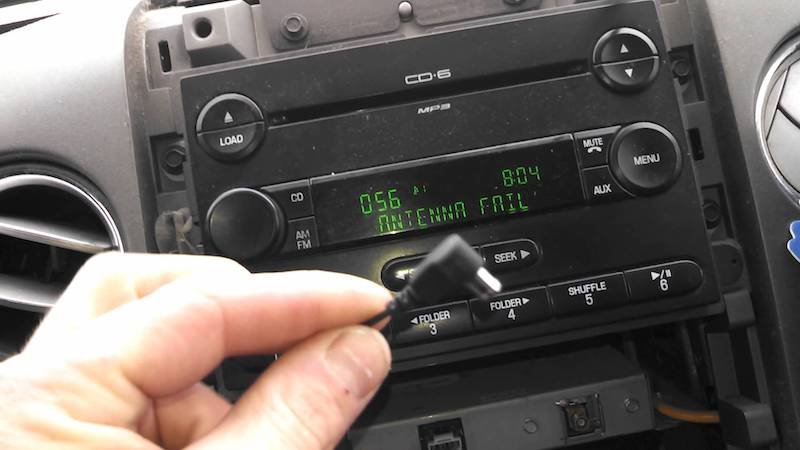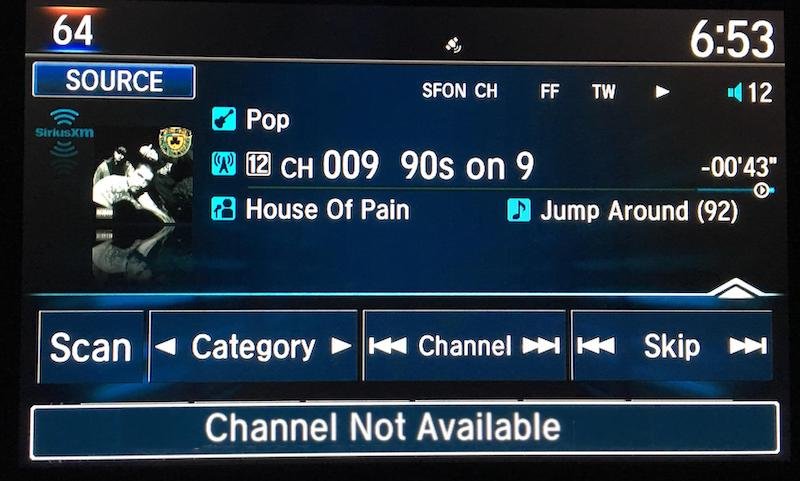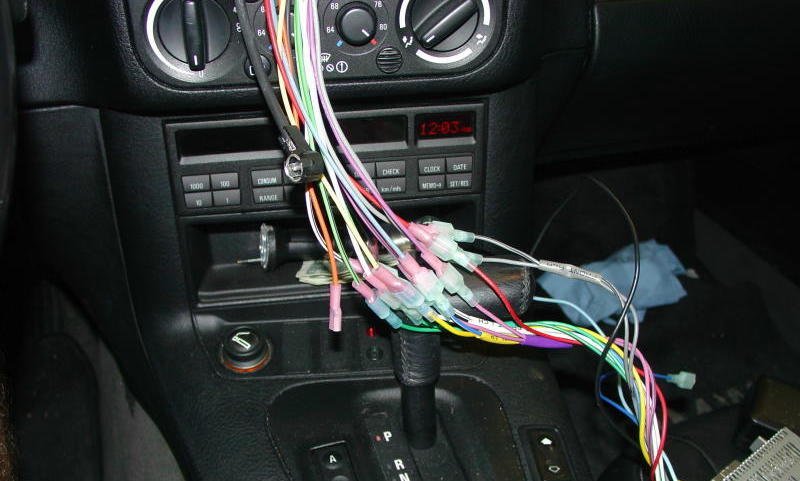Satellite Radio sends radio signals from stations on Earth to satellites in space, which sends them back to receivers and transmits audio. The distance between the satellites and receivers makes it possible for satellite radio to cover a wider area, such as America and Canada combined. Nonetheless, satellite radio users have raised concerns about dead spots. Their SiriusXM fails to receive signals in some areas, thereby causing static or distorted sounds until they’re out of the affected area. Dead spots are the major menace affecting satellite radio, and while some causes are still without solutions, we have taken our time to uncover all the causes of dead spots and properly tested solutions. What causes satellite radio dead spots, and to avoid them?
Satellite radio dead spots are caused by several reasons, including wrong frequency, improper receiver, damaged tuner, bad wiring, weak signals, physical obstacles, tunnels, and underground garage. Dead spots can make you miss your favorite shows or emergency information over the radio. We advise that you pinpoint the source of the problem today and execute the corresponding solution to enjoy uninterrupted radio signals.
Satellite radio dead spots are often caused by improper installations or the wrong placement of the antenna. Check your installation before attempting to execute technical troubleshooting solutions. Keep reading to find out more.
Table of Contents
Causes Of Satellite Radio Dead Spot
-
Tunnels/Underground Parking Garage
While satellite radio prides itself in reaching the crooks and crannies of every area, you may experience static inside a tunnel or underground parking garage. Motorists have reported a lack of reception in parking garages, causing them to switch to other forms of entertainment.
It’ll be difficult to abandon your subscription-based radio for terrestrial radio with lower content. To prevent such an outcome, satellite radio currently utilizes terrestrial auxiliary transmitters for urban areas, however, the dead spot may persist if such a tunnel is out of range.
We recommend that you pinpoint the exact tunnels and file a formal report to your satellite radio provider, and utilize an underground parking garage that provides good radio reception.
-
Weak when it bounces back
Satellite Radio has weaker signals when compared to other radios. For example, FM Radio has high signals and great sound fidelity when in range. The signals only begin to distort or turn to static when the FM radio receiver is out of range.
However, Satellite Radio can have weak signals throughout the country, depending on specific channels. Weak signals have a tough time penetrating obstacles.
-
Damaged or Improperly Installed Receiver
While we don’t recommend a large antenna because of its lack of appeal, recommended satellite receivers should not be hidden on your vehicle’s dash, or behind notable obstacles. A broken, or damaged antenna may also result in dead spots.
We recommend that you properly install the antenna, and check the physical condition from time to time. Change it if you notice any damage. However, if it’s fine, then troubleshoot it by switching off the satellite radio for about 20 seconds. Contact your satellite radio provider if the problem persists or simply change the antenna.
-
Buildings, Trees, and Mountains.
Physical obstacles are the number one cause of dead spots. Tall houses, mountains, and trees can block satellite radio signals and cause outright static or no signal. Motorists have to wait to get out of the affected area before receiving a signal again.
We recommend that you be patient and take note of the physical obstacles in your commute. Try taking another available route until satellite radio providers find a solution to this problem. If your satellite radio is stationary, then we recommend that you move it to other areas of your home to find radio signals.
-
FM Frequency Interference
While satellite radio used a different frequency, it still broadcasts low FM signals which can jam with nearby FM transmitters. This is quite regular with frequencies in close range. And your satellite radio FM adapter can get caught in such interference.
Change the FM frequency on your FM adapter until there is no interference. To avoid any future FM frequency interference, we recommend that you leave your adapter on the empty frequency in your area.
-
The audio output level is low
Make sure your ‘Line out Level’ is adequately set to prevent a drop in volume whenever you turn on your SiriusXM. Check your satellite radio volume on your speakers and amplifier. Your audio output might simply be low. Check the volume knob if it’s tightly screwed to the board. Notice any damage, fix it immediately to avoid a drop in volume while you commute in your vehicle.
-
Channel Audio Varies
SiriusXM channels have different audio quality. High-quality channels produce good sound fidelity while lower quality channels may produce awful sound, depending on your location and subscription plan. We advise that you stick to high-quality channels for the best sound quality when driving.
-
Damage Tuner
A tuner is responsible for picking up signals from the satellite radio to your in-car unit. Once damaged, you won’t receive any radio signal and may experience dead spots for a longer period. Before concluding that the tuner is the problem, browse through other channels, and if you keep receiving no signal, then it’s time to replace your tuner.
-
Bad wiring
Damaged wiring also causes satellite radio dead spots. Check the wires connecting to your tuner, and antenna, and repair or replace loose wiring. Carefully inspect the wires to check for distortions in sound. While satellite radio wiring is safe, we recommend that you take the necessary precautions you’ll take before handling electricity.
Does satellite radio work with the Internet
While SiriusXM is satellite radio, subscribers can listen to their favorite content via the internet at home, office, and on the go via any of the supported devices found on the SiriusXM official website.
These devices include Smartphones, Smart speakers, Xbox one, FireTv, Sonos, Amazon Alexa, Google Nest, and the SXM application. The streaming platform is free for 1 month on mobile and 3 months for cars, after which you will be charged a small amount of either $5 or $8.25 for a year, or more depending on your annual plan.
Take Satellite Radio everywhere by listening via the Internet and enjoy radio at its best. Note that additional charges may apply. Contact your network provider for data plans to suit your new demands.
Can I install my satellite radio antenna behind my windshield?
According to Sirius XM, antennas can be installed behind the windshield. However, we recommend that you install your antenna outside the vehicle, preferably on a metal surface. Your dashboard is a terrible location for antenna location and the roof of your car will obstruct incoming signals, thereby causing your antenna to overwork itself. However, installation varies from vehicle to vehicle.
Some vehicles can pick up signals better than others. Always test your antennas after installation to determine the right spot. You want to also consider damage since antennas are small and can be easily affected by external forces.
Why does my receiver switch off?
Bad connections and overheating are leading causes of unprecedented loss of power. Check to see that all your connections are correct. Look for any loose speaker wires and reconnect them immediately. Install your in-car sound systems with proper ventilation. Modern amplifiers are rigged to power down in the case of overheating.
Check the warning led to see if your receiver is already overheating and turn it off immediately to avoid damage. Mount an additional ventilation system to complement your in-car ventilation for maximum ventilation.
How long does it take to activate SiriusXM
Wait for about 10 minutes to 1 hour after subscription. Make sure it’s powered on and receiving a signal. Contact your provider if you experience any troubles with activation within an hour. Note: always make sure you understand your subscription plan before purchasing.




